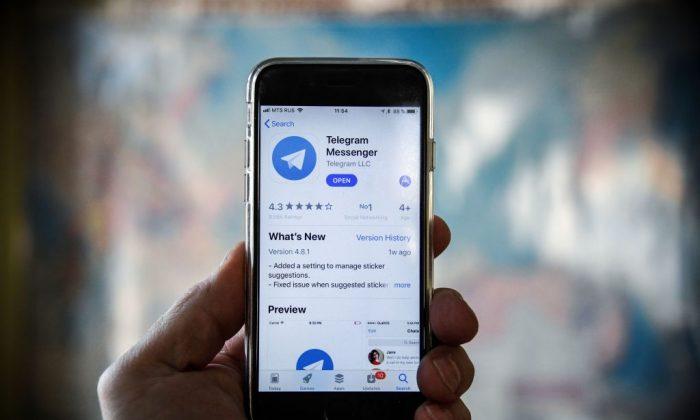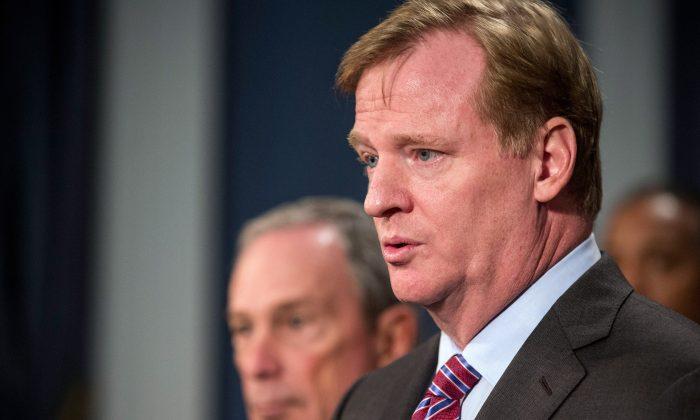NEWS ANALYSIS
NEW YORK—The nation’s nonprofit credit unions are taking business from retail banking giants as the Occupy Wall Street campaign gains momentum.
Credit unions provide similar products and services as large retail banks, but are member-owned and nonprofit.
Recent studies show that credit unions have seen a greater increase in customers in recent weeks—perhaps one reason for last week’s moves by banking giants such as Bank of America Corp. to ditch proposed debit card fees.
“At least 650,000 consumers across the nation have joined credit unions in the past four weeks,” beginning Sept. 29, as reported by the Credit Union National Association (CUNA), a trade group for credit unions. Sept. 29 is the day Bank of America, the nation’s largest bank by assets, announced a $5 fee for consumers using debit cards to make purchases. The survey is based on responses from more than 5,000 credit unions nationwide.
Last Saturday Nov. 5 was dubbed Bank Transfer Day, a day marketed by the Occupy Wall Street movement to encourage consumers to transfer their accounts from large banks such as Bank of America, Citigroup, and Wells Fargo, to local credit unions, which are perceived to be more consumer-friendly.
“[Credit unions] are doing whatever their resources will allow them to do to help serve this consumer surge in interest in credit unions,” said Bill Cheney, president of CUNA, in a news report.
For example, Golden 1 Credit Union in Sacramento, Calif., had announced that it would have extended hours on Nov. 5, in anticipation of consumers opening new accounts. Many others have put up new advertisements to encourage consumers to switch.
While it’s still unclear what financial impact Bank Transfer Day will have on the nation’s biggest banks, if any, there’s little doubt that consumer satisfaction among large banks has deteriorated.
“[T]he underlying motivation for these actions is rooted in the degree to which the bank connects with its customers on both a rational and emotional level,” said Carol Gstalder, executive vice president of Market and Customer Insights at Harris, in a company report.
Big banks have raised fees on accounts and other products in recent months, partly due to increased regulatory constraints, which banks say are squeezing their profits. The recently passed Dodd-Frank financial reform bill, for example, ensures the amounts of debit card fees banks charge merchants are reasonable and proportional.
While credit unions have received more positive press in recent months, there are still reasons to opt for an account at a larger bank. The large banks often have a greater number of products and services, including certain investment and retirement savings services that most credit unions don’t offer. In addition, the larger the bank, the greater number of ATM machines available, which saves consumers ATM fees and allows for greater convenience.







Friends Read Free